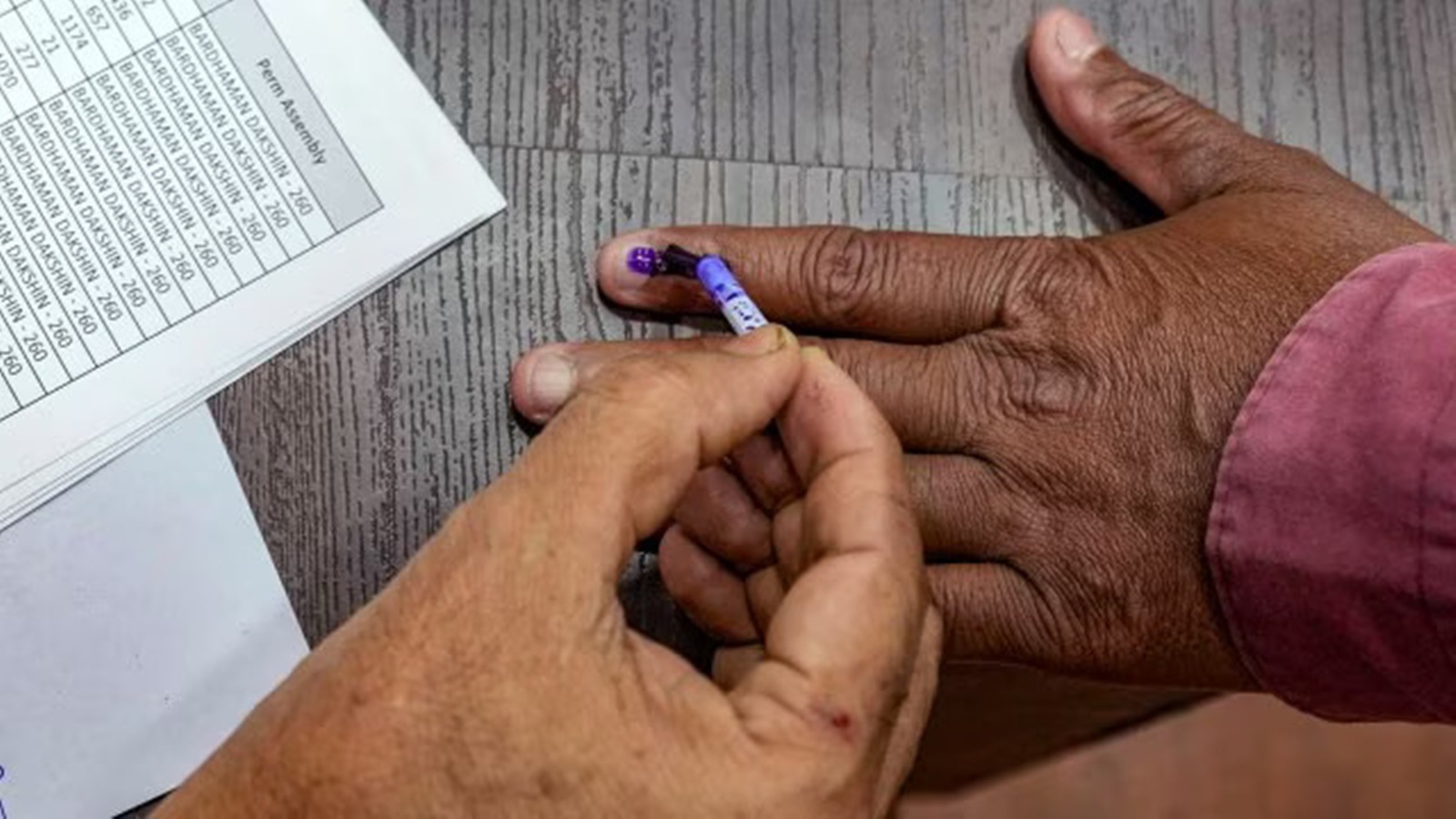Rajdeep Sardesai analyses the surprises and miscalculations of the 2024 Lok Sabha election in his latest book
In his racy, readable, though slightly rambling, book, Sardesai provides valuable insight into the diverse election scenarios across the country
 The BJP’s election calculations went particularly awry in three states, UP, West Bengal and Tamil Nadu
The BJP’s election calculations went particularly awry in three states, UP, West Bengal and Tamil NaduVeteran journalist Rajdeep Sardesai admits candidly that like most pollsters and media analysts, his prediction for the 2024 Lok Sabha election was off the mark. Like others, he too, was swayed by the confident boast of “400 paar’’ and conscious that the battleground was hardly a level-playing field. The BJP had money, the might of the state’s investigative agencies and an intimidated media acting virtually as an echo chamber for the ruling party’s narrative. On his whistle-stop election tours the author says he did pick up straws in the wind, but failed to perceive the overall picture. It is with hindsight that he now puts the election in perspective.
In his racy, readable, though slightly rambling, book ,Sardesai as a sharp newsperson provides valuable insight into the diverse election scenarios across the country. The juicy details are not just because of his reporter’s instinct for ferreting out facts, but also his candour and courage in calling to account the powers that be, without couching his words like many of his peers. In today’s scenario, the consequences of being an anti-establishment scribe can be severe.
The BJP’s election calculations went particularly awry in three states, UP, West Bengal and Tamil Nadu. Yogi Adityanath, the polarising but popular UP chief minister, was largely excluded from the ticket selection done by an overbearing central leadership. In fact, Adityanath’s rivals spread the word that he was on his way out. The CM was not very visible during the campaign. The results were a huge shock for a complacent BJP whose tally was down to 33 seats, while the SP alone won 37, including Faizabad where the consecration of the Ayodhya temple was to have been the party’s brahmastra. Ambitious aspirations for West Bengal were misplaced. Prime Minister Modi visited Tamil Nadu more frequently than any other state and the BJP mounted a sustained campaign to woo the DMK stronghold. Carried away by the boasts of its Tamil Nadu leader K Annamalai, the BJP eschewed alliances with regional parties, but did not win a single seat. On the upside, miscalculations by its opponents in Odisha and Andhra worked in the BJP’s favour.
Tales of David and Goliath battles where the underdog wins despite the odds is heartwarming. In this case, it testifies that democracy is still alive, if not exactly kicking. In Amethi, Kishori Lal, the Gandhi family’s humble factotum trounced TV-star-turned-minister, Smriti Irani. Fiery Dalit activist Chandrashekhar Azad single-handedly took on mainstream party candidates and emerged victorious in UP. Engineer Rashid, while incarcerated in prison, had similar success in Kashmir, trouncing seasoned dynasts Omar Abdullah and Sajjad Lone. In chauvinistic Bharatpur, Congress candidate Sanjana Jatav created history by becoming the youngest ever MP from Rajasthan, despite the handicap of caste, gender and poverty.
 In today’s scenario, the consequences of being an anti-establishment scribe can be severe.
In today’s scenario, the consequences of being an anti-establishment scribe can be severe.
Sardesai writes that major NDA campaign decisions were taken by, what he describes as, the Jodi No 1: the PM with Amit Shah as his election-in-charge. The twosome can be ruthlessly transactional in their alliances; old friends dumped and sworn enemies embraced, depending on their perceived win ability. Twenty- five per cent of the BJP’s 441 candidates were imports, a majority from the Congress. The author considers the PM’s low-key communication-in-charge, technocrat Hiren Joshi as the third-most powerful man in the government because of his proximity to Modi. Even senior journalists dutifully carry the news tweets Joshi forwards virtually verbatim, out of fear of being blackballed otherwise.
The disastrous “400 paar’’ slogan, however, was not Shah’s idea; in fact he had perceived that it could backfire. Sardesai claims the campaign theme emanated during discussions by a ministerial group including J P Nadda. Modi later approved it, hoping that it sent a message to party workers to strive for an even better outcome than 2019. After three BJP MPs spoke out of turn of the need to amend the Constitution, Congress President Mallikarjun Kharge was the first to seize the initiative to hit back, claiming the Constitution was in danger and reservations for the underprivileged would be in jeopardy. That was a turning point as the emotive issue went viral. The author also believes that Modi’s vitriolic and communal speeches in the latter half of the campaign were an attempt to mobilise BJP supporters after the party’s internal surveys suggested that it had done worse than expected in the first phase. It is disappointing, however, that Sardesai does not elaborate on the alienation between the RSS and the BJP during the campaign, believed to be a major factor for the BJP’s decline.
The writer is contributing editor, The Indian Express
- 01
- 02
- 03
- 04
- 05































